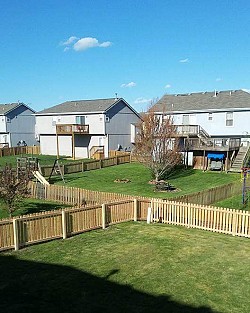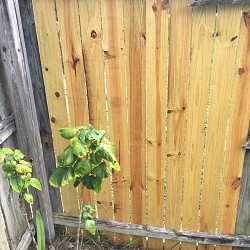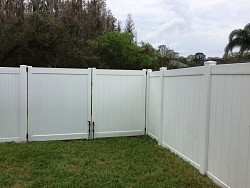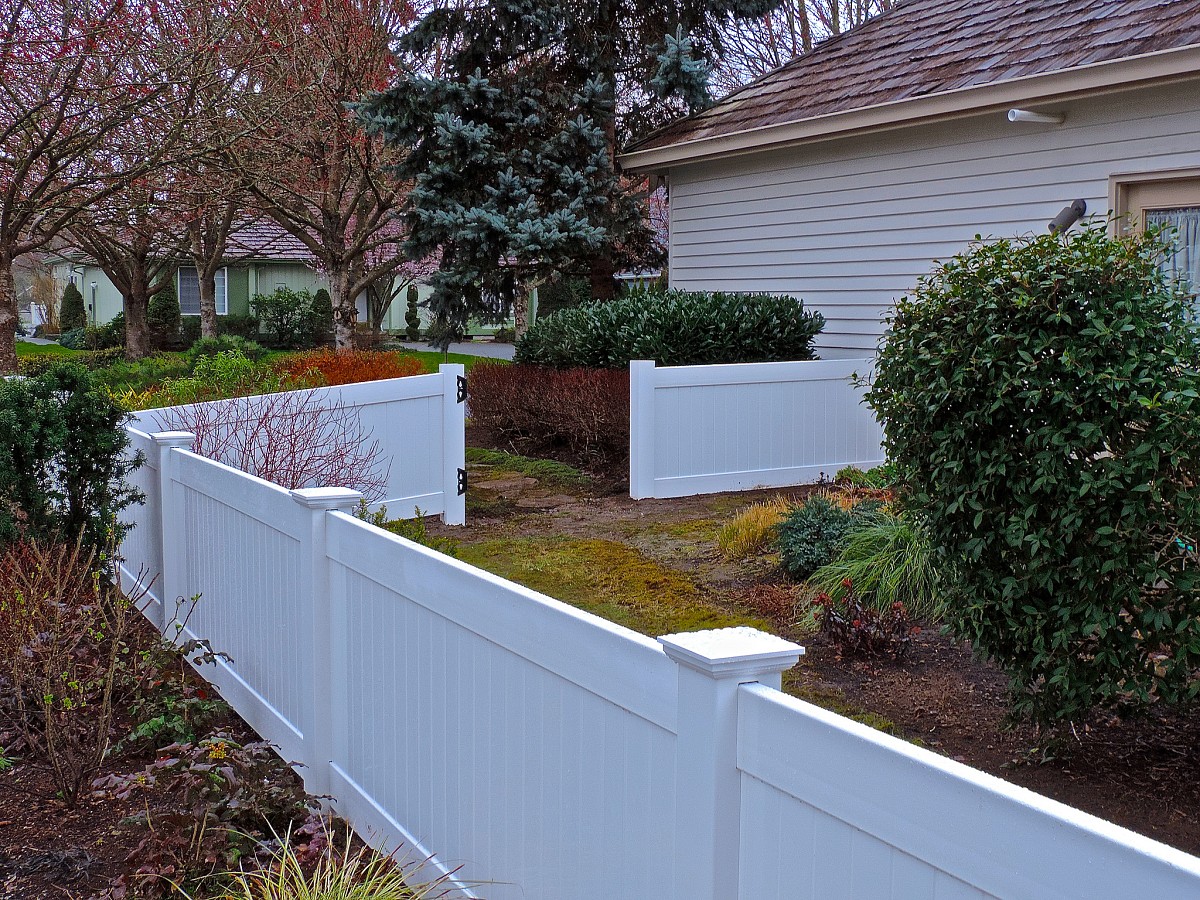Fence Panels Simplify DIY Fencing
Why are fence panels important to you as a homeowner? Preassembled fence panels are revolutionizing the fencing world. These handy factory-built panels make putting up fences much faster and easier than conventional stick-building (building from scratch) techniques. In fact, nowadays many home improvement DIYers are proudly adding “NOTE TO SELF: build a fence this weekend” to their honey-do list.
Types of fence panels
Preassembled fence panels are widely available at home and garden centers. Select from a variety of fence materials, which include wood, vinyl, aluminum, iron, and chain link.
Wood and vinyl fence panels are relatively easy for the do-it-yourselfer to install. They come in 4 basic styles. In ascending order of strength, these are:
- Trellis – Boards are arranged in a crisscross lattice pattern. This is great for decorative fencing, enclosing garden beds, and topping a more solid fence. Trellis fences admit plenty of sun and breezes, and don’t close off a spectacular view.
- Palisade – Boards are spaced. A picket fence is the best-known example. Palisade fences are frequently used to mark property boundaries or to add curb appeal to front yard. They allow some light and air to come through.
- Overlap – Boards overlap horizontally. Overlap fences are excellent when you want to block visibility, such as a privacy fence.
- Closeboard -- Boards overlap vertically. Closeboard fences (AKA board-on-board) are the strongest type of fence. With no visibility, they are great for security – deterring potential intruders and keeping children or animals safe inside your yard.
DIY fence panels installation
- Check legalities. Before any kind of fence installation, be aware that local laws frequently limit fence height to 6 feet for the backyard and 4 feet for the front. Check the town’s building code, your property line, and your HOA regulations. Contact a one-call number to make sure it’s okay to dig in the area you want.
- Measure. Careful measuring is particularly important when installing fence panels because you will have less room for error than with conventional fences. Mark the placement of fence posts.
- Dig the post holes. These should be 24-36 inches deep and larger in circumference than your fence posts.
- Install your fence posts. Use a plumb line to check the placement. Once you are satisfied that all your fence posts are level, fill the holes with concrete to hold the posts solidly in place.
- Attach the fence panels. Depending on the material that they are made of, attach the panels to your fence posts with nails, screws, or their own locking tabs.
Fence panels advantages and disadvantages
Speed and convenience. It is usually fast and easy to find fence panels in your local Lowes or Home Depot fencing department. Fence installation is equally quick and simple. This convenience is especially important when you want to quickly secure the backyard of a newly purchased home, for instance.
Appearance. Built from panels, your fence installation will have an even, uniform appearance. However, you may prefer the distinctive “handcrafted” look of a traditional fence, stick-built by an expert fencing contractor. This point is really a judgment call, based on your personal taste.
Difficulty of fence installation on a slope. If your property is hilly, assembling fences from panels is going to be more complicated. Because fence panels are square or rectangular, they can’t be made to follow an incline as readily as stick fencing. Instead, you will probably need to stair-step your fence.
Cost. Installing off-the-shelf fence panels tends to be cheaper than stick building. However, these panels are often thin and flimsy. If you want very sturdy, high-quality fence panels, you may need to order custom panels, which will raise the cost substantially.
Laura Firszt writes for networx.com.
Updated June 12, 2018.
Looking for a Pro? Call us (866) 441-6648

Average Costs
Related Experiences

New Cedar Fence Lets Our Dog Get His Exercise

Local Handyman Fixes Fence Damaged By Jacksonville Summer Storm




